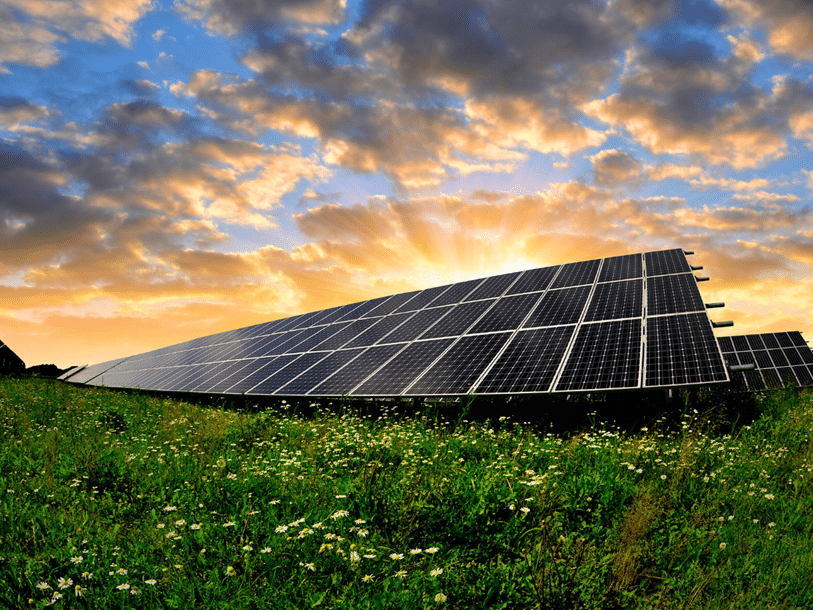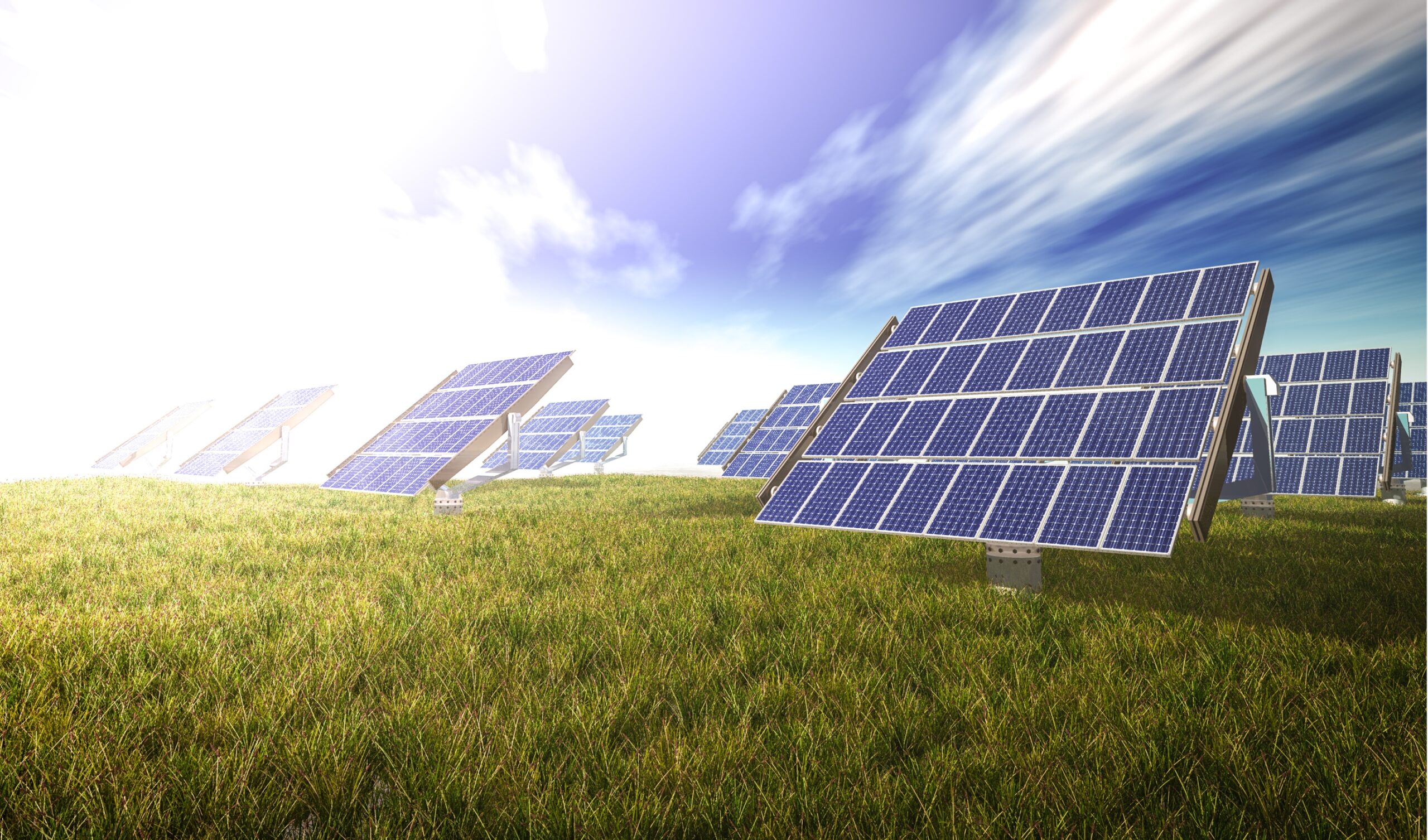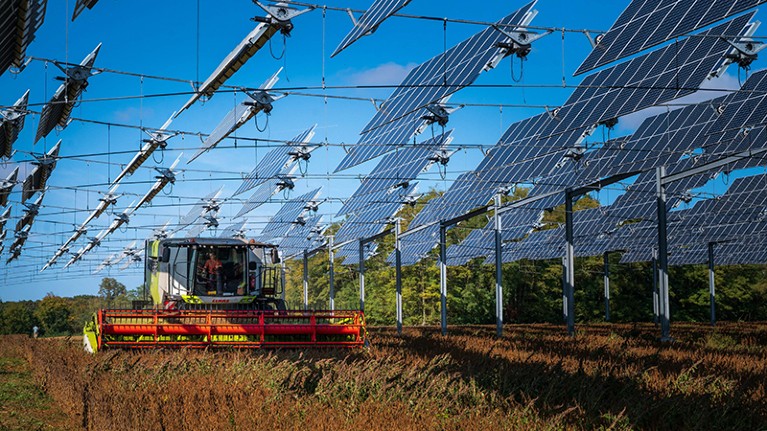Monocrystalline solar panels are more suitable for low-light environments due to their high-purity structure, which performs excellently under low light. It is recommended to adjust the installation angle toward the optimal sunlight direction and keep the panel clean to improve light absorption efficiency.
Understanding Solar Panels
Solar panels are devices based on the photovoltaic effect that convert sunlight into electrical energy. It works on the principle of the photovoltaic effect—that is, photons strike the surface, thereby releasing electrons and forming a current. Various types of solar panels differ in material structure and therefore have different performances under various conditions of light. Monocrystalline, polycrystalline, and thin-film panels are the three common types of solar panels, each having different advantages and limitations.
Monocrystalline solar panels are quite efficient, normally producing higher power output with good sunlight; they are also a bit more expensive. Polycrystalline panels come at a lower cost and have marginally lower efficiency, proving to be much better value for residential or small installations. Thin-film panels boast light weight and flexibility, finding their use in portable appliances and specific power generation scenarios. This understanding of the different types aids in the selection of the right solar system for individual needs, considering the material choice is more critical in a low-light condition.
The generation of power through solar energy weakens in poor light conditions because photovoltaic systems require the photons in sunlight to shake off charges and hence develop a current. When light is poor, the number of photons decreases, which somehow lessens the power output. It is necessary to select a panel with high conversion efficiency and performance stability at low light. Understanding the basics of solar panels and the characteristics of each type can make a better choice in low-light conditions.
Types of Solar Panels
Common solar panel types in the market include monocrystalline, polycrystalline, and thin-film panels. Generally, monocrystalline silicon solar panels are made from high-purity monocrystalline silicon and appear dark black. These are efficient in operation, providing stable power output both in strong and weak light. However, the high production cost of this variety of panel makes them suitable only for more reasonably budgeted users with higher efficient output requirements.
A polycrystalline panel is manufactured from a lot of silicon crystals and usually has a blue look. The technology used is simpler, so polycrystalline panels are comparably inexpensive. Although a little less efficient than monocrystalline panels, they satisfy the power requirements of most households and small appliances. Their performance in low-light areas is less stable, so this type of panel works better for areas with abundant sunlight.
Thin-film photovoltaic panels are produced with light, flexible materials suitable for rooftops, carports, and portable devices on irregular surfaces. While generally having lower efficiency, they do not require high light intensity and therefore sustain power output under low-light conditions, especially in rainy regions. Application for thin-film photovoltaic panels is more restricted, due to their lower efficiency.
How Low Light Affects Performance
In poor light conditions, the efficiency of solar panels considerably deteriorates. That is so because solar panels work in accordance with the photovoltaic effect: photons striking the surface of the panel get electrons out to form a current. When light is weaker, fewer photons strike the surface, and hence a weaker current and low power output is developed. In conditions of worse sunlight, the situation will be even more critical, especially on overcast days, in the morning, evening, or at winter time.
The impact of changing light conditions varies with different types of panels. Monocrystalline panels can still maintain some power output in low-light environments, since their high-purity silicon material will efficiently absorb photons. The crystalline structure of polycrystalline panels makes it do poorly in low light, mostly high efficiency only when there is strong light. While less efficient, thin-film panels offer better stability at low light and can sustain power generation in cloudy and low-light weather.
Choosing the right type of solar panel can help maximize power generation in low-light environments. For users needing solar systems to operate in low light, understanding these performance differences is crucial for a targeted selection.
Best Solar Panels for Low Light
In normal conditions of low light, monocrystalline solar panels usually perform the best. With their high-purity and densely packed structure, they effectively absorb photons and generate current, maintaining a high power output even in weak light conditions like cloudy weather or dawn. Though highly expensive, monocrystalline panels perform very well under low light conditions and are thus preferred in high-demand, low-light conditions.
Another good option for poor light conditions is the thin-film type of solar panels. While being much less effective than the mono-crystal ones, due to material properties, it gives quite stable output in conditions with low light. Besides, thin-film panels are flexible and can adapt to surfaces with irregular installation, which makes them suitable for an outfit or building surfaces outdoors in regions with frequent rainfalls.
The performance of Polycrystalline panels is average in low light conditions. They would be more suitable for places where the sunlight is ample, as their cost-performance ratio is higher under strong light. Thus, definitely, users requiring low light would have monocrystalline and thin-film solar panels.
Efficiency Comparison
With the efficiency rate of 18%-22%, monocrystalline solar panels are among the most efficient panels suitable for both adequate and low-light conditions. The high efficiency allows them to absorb enough photons in low light for a more stable power source, highly appropriate for users needing power generation around the clock.
Efficiency for polycrystalline panels is about 15%-17%. Though slightly lower than those made from monocrystalline, it works really well in strong light conditions. Generally, because of the lower production cost, polycrystalline panels are more economical and suitable for budget-conscious users in sunny areas. In low light conditions, however, its efficiency goes down; hence, it would not be as good as that of monocrystalline and thin-film panels in cloudy or wintery conditions.
Thin-film solar panels, at around 10-12% efficiency, may appear low. However, they have greater stability under low light conditions. The thin-film panels work well with changes in light intensity and can provide consistent power in conditions such as cloudy days or at dusk. Thin-film panels are a cost-effective choice for users requiring steady power without high efficiency.
Installation Tips for Low Light Conditions
The installation angle and orientation are very important in low light conditions. Solar panels should face in the direction of the sun for maximum sunlight, with the angle changed seasonally to reflect the height angle of the sun. For example, during winter, when the sun is lower, panels can be tilted to improve sunlight capture.
Locations for installation should be selected to avoid shadows of obstacles such as trees, building, or tall equipment. It greatly reduces the number of light exposures. In areas that frequently face cloudy weather, the situations are even worse for photovoltaic power output. Another recommendation is to select panels that are anti-reflective coated. An anti-reflective coating will effectively reduce the reflection loss, improve the photon utilization, and increase the output power.
Dust and debris should be cleaned off the surface of the solar panels regularly to maximize sunlight absorption. During autumn and winter, when there is minimal rainfall, dust may settle on the panels and block light, hence reducing efficiency. Keeping clean panels ensures that more stable power generation in low light conditions is achieved.
Maximizing Power in Low Light
To produce the most with low light, first select high-efficiency solar panels that are suitable for low light conditions, which can be either monocrystalline or thin-film panel material. These materials can maintain stable output under cloudy or insufficient light conditions to ensure power requirements are adequately met under low light.
Installing an MPPT controller is another effective method. MPPT controllers dynamically adjust the voltage and current of solar panels, allowing operation at optimal conditions under varying light conditions. This technology greatly increases the efficiency and power output of a solar system when in low light.
The installation of a battery storage system improves energy utilization efficiency in poor light conditions. Electricity generated throughout the day can then be stored and used to supplement power needs during nighttime or when sunlight is inadequate. An intelligent control system coordinates the solar panels to switch automatically between demanding and lighting conditions to optimize power utilization in low-light environments.




